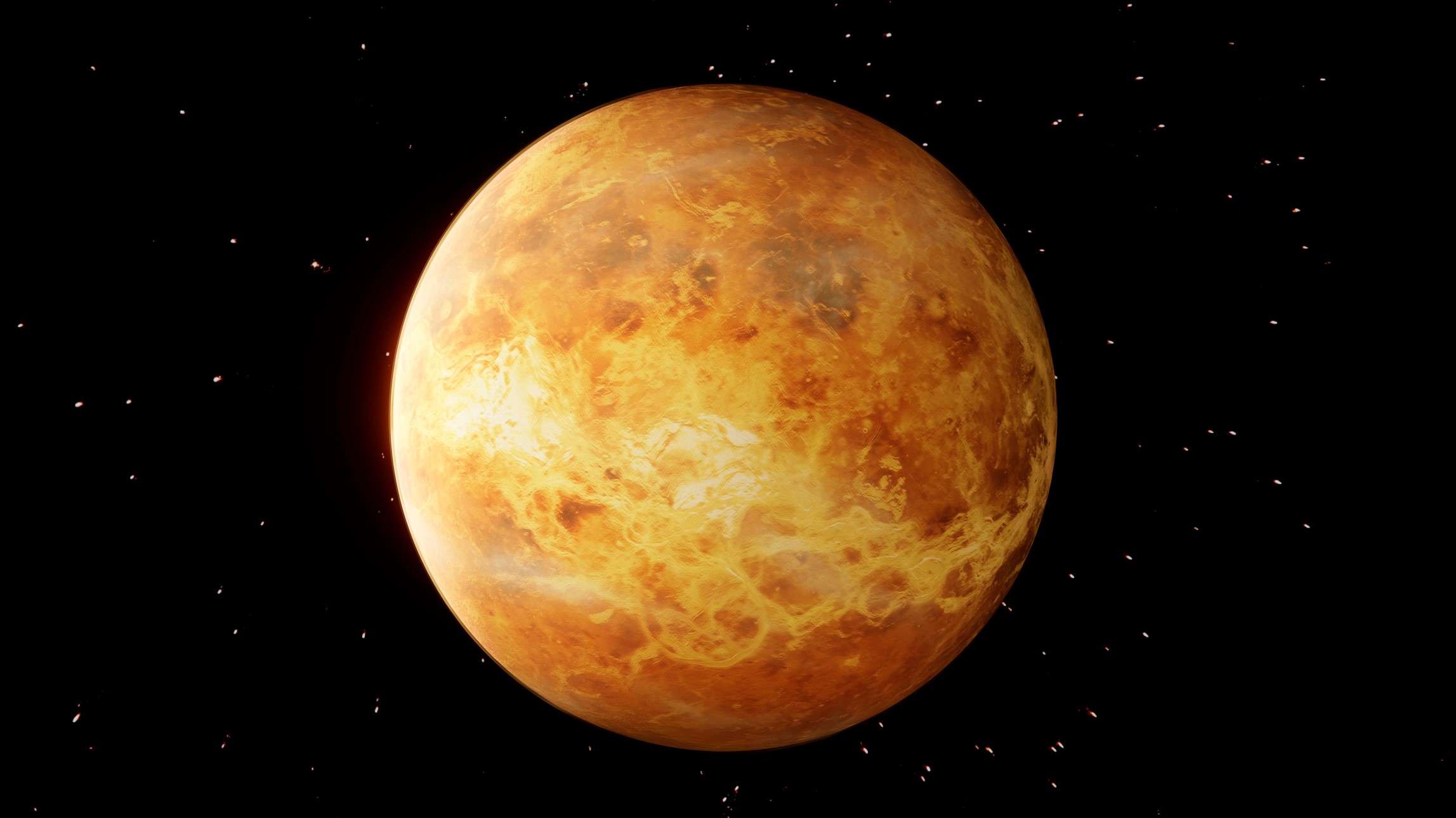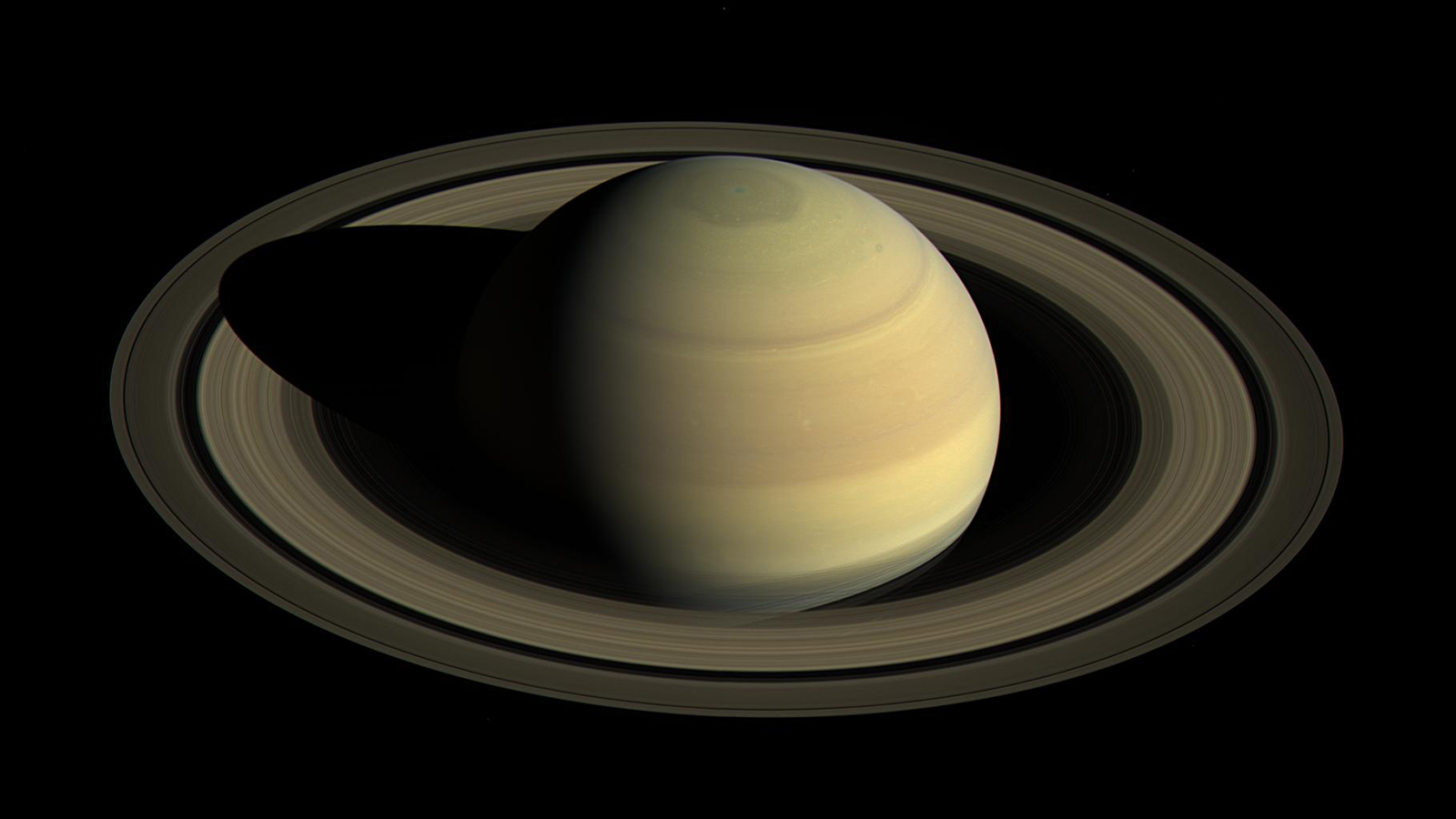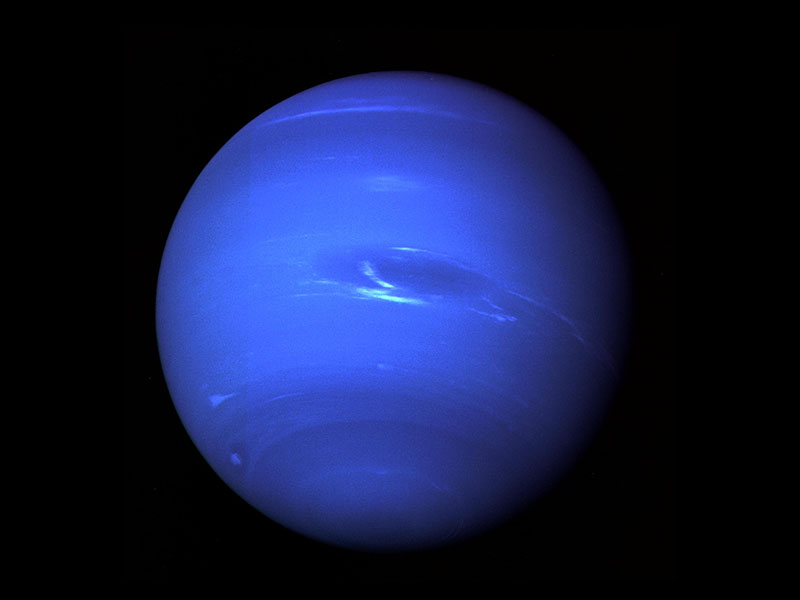
✦ Mass: 1.99×10^30 kg (332,950 Earths)
✦ Diameter: 1,392,684 km
✦ Temperature: 5,772 K
✦ Age: ≈4.6 billion years
The Sun is the Solar System's star and by far its most massive component. Its large mass (around 332,900 Earth's masses), which comprises 99.86% of all the mass in the Solar System, produces temperatures and densities in its core high enough to sustain nuclear fusion of hydrogen into helium. This releases an enormous amount of energy, mostly radiated into space as electromagnetic radiation peaking in visible light. Therefore it is able to light up the Earth during the morning. It is an ordinary star, one of about 100 billion in our galaxy, the Milky Way. The sun has extremely important influences on our planet: It drives weather, ocean currents, seasons, and climate, and makes plant life possible through photosynthesis.

✦ Mass: 3.3×10^23 kg (0.055 Earths)
✦ Diameter: 4880 km
✦ Temperature: 737 K
✦ Satellites: None
Mercury is named after the messenger of the Roman gods because of its fleeting nature across the sky. Its orbit around the Sun takes 87.97 Earth days, the shortest of all the Sun's planets. Like Venus, Mercury orbits the Sun within Earth's orbit as an inferior planet, and its apparent distance from the Sun as viewed from Earth never exceeds 28°. Mercury rotates in a way that is unique in the Solar System. It is tidally locked with the Sun in a 3:2 spin–orbit resonance, meaning that relative to the fixed stars, it rotates on its axis exactly three times for every two revolutions it makes around the Sun.

✦ Mass: 4.8675×10^24 kg (0.815 Earths)
✦ Diameter: 12,103.6 ± 2.0 km
✦ Temperature: 100 to 700 K
✦ Satellites: None
Venus is the second planet from the Sun. It is sometimes called Earth's "sister" or "twin" planet as it is almost as large and has a similar composition. As an interior planet to Earth Venus, like Mercury, appears in Earth's sky never far from the Sun, either as morning star or evening star with a synodic period of 1.6 years. It is, after the Moon, the brightest natural object in Earth's sky, capable of casting visible shadows on Earth at dark conditions and being visible to the naked eye in broad sunlight. Although there doesn't exist any satellites orbitting it in the present, some evidences suggested that there might have existed satellites in the past. Conditions on the Venusian surface differ radically from those on Earth because its dense atmosphere is 96.5% carbon dioxide, with most of the remaining 3.5% being nitrogen.

✦ Mass: 5.97217×10^24 kg (1 Earth)
✦ Diameter: 12,742 km
✦ Temperature: 248 to 320 K
✦ Satellite: Moon
Earth is the third planet from the Sun and the only known place in the universe to support life.. While large volumes of water can be found throughout the Solar System, only Earth sustains liquid surface water. About 71% of Earth's surface is made up of the ocean, dwarfing Earth's polar ice, lakes, and rivers. The remaining 29% of Earth's surface is land, consisting of continents and islands. Earth's surface layer is formed of several slowly moving tectonic plates, interacting to produce mountain ranges, volcanoes, and earthquakes. Humans depend on Earth's biosphere and natural resources for their survival, but have increasingly impacted Earth's environment. Today, humanity's impact on Earth's climate, soils, waters, and ecosystems is unsustainable, threatening people's lives and causing widespread extinction of other life. The research on this environmental protection leads to another subject of integrated science.
✦ Mass: 6.4171×10^23 kg (0.107 Earths)
✦ Diameter: 6779 ± 4.0 km
✦ Temperature: 163 to 308 K
✦ Satellites: Phobos, Deimos
Mars is the fourth planet from the Sun and the second-smallest planet in the Solar System, being larger than only Mercury. Mars is a terrestrial planet with a thin atmosphere (less than 1% that of Earth's), and has a crust primarily composed of elements similar to Earth's crust, as well as a core made of iron and nickel. Mars has surface features such as impact craters, valleys, dunes, and polar ice caps. The red-orange appearance of the Martian surface is caused by iron(III) oxide, or rust. Of all the planets in the Solar System, the seasons of Mars are the most Earth-like, due to the similar tilts of the two planets' rotational axes. It was widely accepted in the astronomical community that Mars had life-supporting qualities, including the presence of oxygen and water.

✦ Mass: 1.8982×10^27 kg (317.8 Earths)
✦ Diameter: 139,833 km
✦ Temperature: 165 K
✦ Satellites: Io, Europa, Ganymede, Callisto and 76 More
Jupiter is the fifth planet from the Sun and the largest in the Solar System. It is a gas giant with a mass more than two and a half times that of all the other planets in the Solar System combined, but slightly less than one-thousandth the mass of the Sun. Jupiter is the third brightest natural object in the Earth's night sky after the Moon and Venus, and it has been observed since prehistoric times. It was named after the Roman god Jupiter, the king of the gods. The huge mass and the elements that composed of it aroused scientist's interested in this massive planet. Jupiter is a gas giant, being primarily composed of gas and liquid rather than solid matter. The average density of Jupiter, 1.326 g/cm^3, is about the same as syrup.

✦ Mass: 5.6834×10^26 kg (95.159 Earths)
✦ Diameter: 116,504 km
✦ Temperature: 134 K
✦ Satellites: Titan, Enceladus, Iapetus and 80 More(Along with a finite but innumerable additional moonlets)
Saturn is the sixth planet from the Sun and the second-largest in the Solar System, after Jupiter. It is a gas giant with an average radius of about nine and a half times that of Earth. Saturn is a gas giant composed predominantly of hydrogen and helium. It lacks a solid surface, though it is likely to have a solid core. Saturn is the only planet of the Solar System that is less dense than water—about 30% less. So if you have a pool that is large enough to fit in Saturn, it is possible to float on it!
Saturn is probably best known for the system of planetary rings that makes it visually unique. The rings extend from 6,630 to 120,700 kilometers outward from Saturn's equator and average approximately 20 meters (66 ft) in thickness. They are composed predominantly of water ice, with trace amounts of tholin impurities and a peppered coating of approximately 7% amorphous carbon. The particles that make up the rings range in size from specks of dust up to 10 m. While the other gas giants also have ring systems, Saturn's is the largest and most visible.

✦ Mass: (8.6810±0.0013)×10^25 kg (14.536 Earths)
✦ Diameter: 50,724 ± 14 km
✦ Temperature: 76 K
✦ Satellites: Titania, Oberon and 25 More
Uranus is the seventh planet from the Sun. Its name is a reference to the Greek god of the sky. Uranus's atmosphere is similar to Jupiter's and Saturn's in its primary composition of hydrogen and helium, but it contains more "ices" such as water, ammonia, and methane, along with traces of other hydrocarbons. Uranus orbits the Sun once every 84 years, taking an average of seven years to pass through each of the dozen constellations of the zodiac. Wind speed is extremely fast on Uranus, reaching 250 metres per second (900 km/h). In comparison, the highest natural surface wind velocity ever officially recorded by means of an anemometer, anywhere in the world is 103.266 metres per second (371.758 km/h).

✦ Mass: 1.02413×10^26 kg (17.147 Earths)
✦ Diameter: 49,244 ± 38 km
✦ Temperature: 72 K
✦ Satellites: Triton, Nereid, Neso and 11 More
Dark, cold, and whipped by supersonic winds, ice giant Neptune is the eighth and most distant planet in our solar system. Neptune is the only planet in our solar system not visible to the naked eye and the first predicted by mathematics before its discovery. Most of Neptune mass is a hot, dense fluid of "icy" materials – water, methane(which is in part account for the planet's blue appearance) and ammonia – above a small rocky core. Neptune's weather is characterised by extremely dynamic storm systems, with winds reaching speeds of almost 600 m/s (2,200 km/h; 1,300 mph)—nearly reaching supersonic flow.
✦ The End of the Solar System
Pluto was considered to be in the Solar System when it was discovered. However, sooner scientists realized it was a dwarf planet instead, thus excluding it from the Solar System in 2006. Pluto is located in The Kuiper Belt. It is a great ring of debris similar to the asteroid belt, but consisting mainly of objects composed primarily of ice. It extends between 30 and 50 AU (4.5 and 7.5 billion km; 2.8 and 4.6 billion mi) from the Sun. It is composed mainly of small Solar System bodies, although the largest few are probably large enough to be dwarf planets. Details outside the Solar System is less known, since only 5 artifical objects, in which 3 of them are still working left the Solar System. Maybe it is you to unveil more secrets laid beyond The Kuiper Belt!
Also on a side note, due to the orientation and tilt of their orbits, the eight major planets of the Solar System can never come into perfect alignment(which is shown in this website). The last time they appeared even in the same part of the sky was over 1,000 years ago, in the year AD 949, and they won’t manage it again until 6 May 2492.

